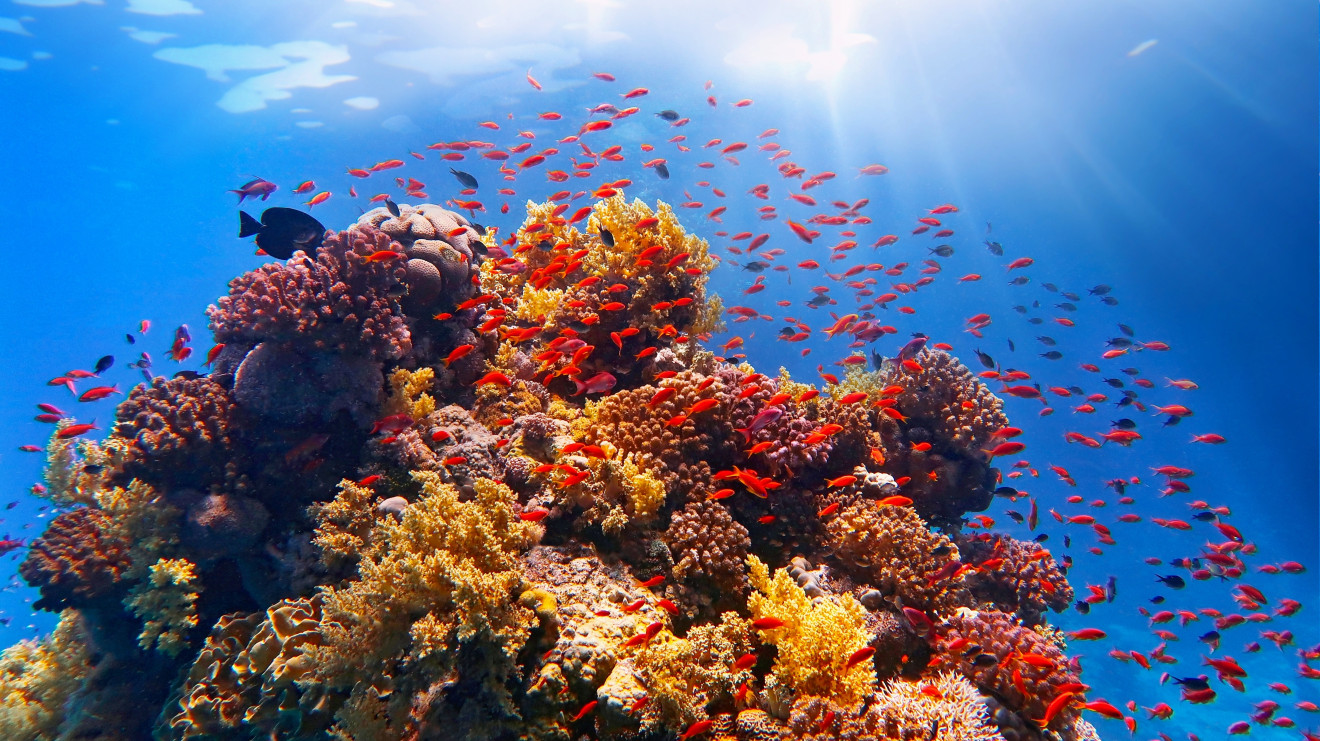The Great Barrier Reef is in serious trouble. It's never been this bad.

The Australian Institute of Marine Science (AIMS) said parts of the Great Barrier Reef have seen the largest annual decline in coral bleaching since records began in 1986, the BBC reported on Wednesday.
Scientists cited cyclones and the plague of coral-eating starfish as causes of the coral decline, but they primarily focused on heat stress caused by climate change. AIMS warned that the habitat could reach a tipping point where the corals would no longer be able to regenerate quickly enough. They emphasized that the corals face an "unstable" future.
An Australian team of scientists conducted research on the condition of 124 coral reefs between August 2024 and May 2025.
 Great Barrier Reef/photo: Shutterstock
Great Barrier Reef/photo: ShutterstockThe Great Barrier Reef is a vast expanse of tropical coral, 2,300 km long , located along the northeastern coast of Australia. Australia's second-largest coral reef, Ningaloo , is located on the country's west coast. According to the BBC, this year, for the first time in history, both reefs turned white simultaneously.
Corals are essential to Earth, and they are home to approximately 25 percent of all marine species.
Bleaching occurs when corals become stressed because the water they live in is too warm. Scientists believe that corals exposed to temperatures 1°C above their thermal limit for two months will die. At temperatures 2°C above their thermal limit, they can survive for about a month.
well.pl




